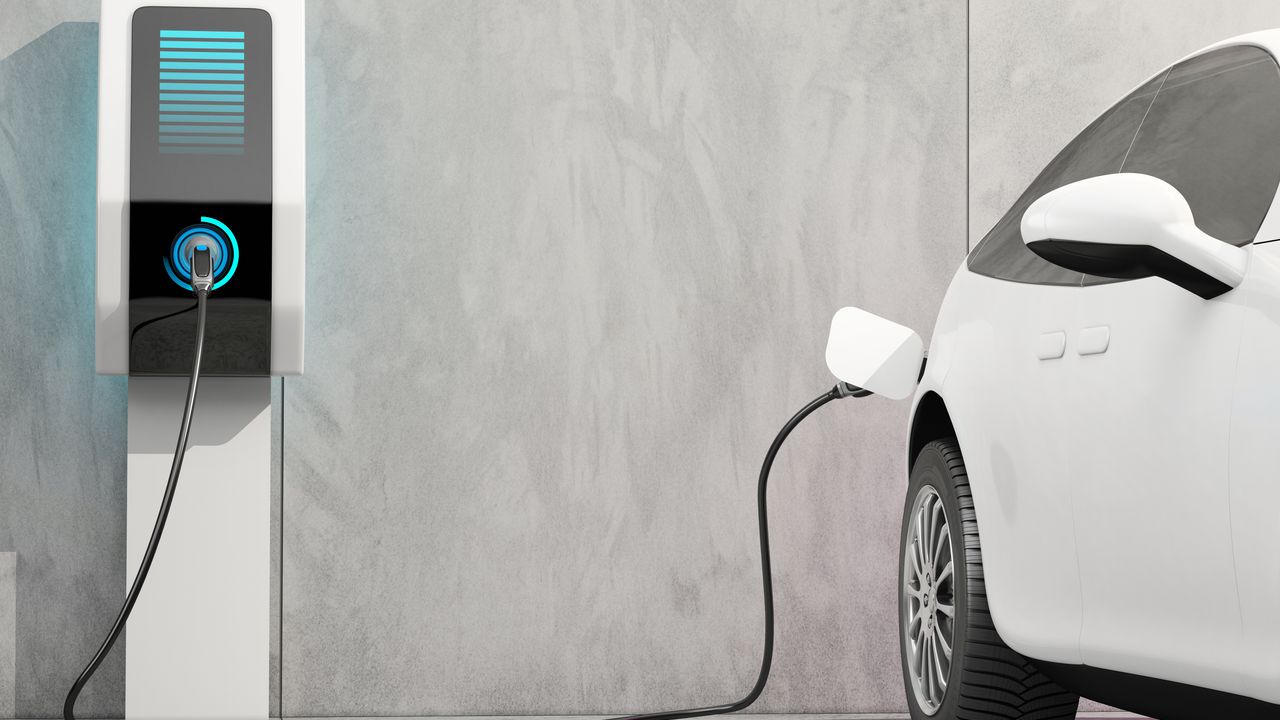EV Charging Infrastructure Monitoring: A Humanistic Perspective
As we move towards a more sustainable future, electric vehicles (EVs) are becoming increasingly popular. One of the key components in supporting this shift is the development of EV charging infrastructure. However, simply having charging stations is not enough; we need to ensure that these stations are efficient, well-monitored, and interconnected to maximize their impact.
Charging Infrastructure Energy Efficiency
Energy efficiency is a crucial aspect of EV charging infrastructure. By optimizing the energy consumption of charging stations, we can reduce our overall carbon footprint and make the transition to electric vehicles more sustainable. Monitoring the energy efficiency of charging stations allows us to identify areas where improvements can be made, whether it’s upgrading equipment or adjusting charging schedules to take advantage of off-peak hours.
Real-Time Monitoring
Real-time monitoring of EV charging infrastructure is essential for ensuring that stations are functioning properly and efficiently. By having access to real-time data, operators can quickly identify any issues that may arise, such as equipment malfunctions or power outages. This not only helps in maintaining a reliable charging network but also improves the overall user experience for EV owners.
Connectivity
Interconnected charging infrastructure is key to creating a seamless and user-friendly experience for EV drivers. By ensuring that charging stations are connected to a centralized monitoring system, operators can more effectively manage the network, identify usage patterns, and optimize charging station locations. This connectivity also enables features like remote troubleshooting and software updates, making it easier to maintain and upgrade the infrastructure as needed.
- Efficient energy usage is crucial for sustainability.
- Real-time monitoring helps in quick issue identification.
- Interconnected infrastructure improves user experience.
By focusing on charging infrastructure energy efficiency, real-time monitoring, and connectivity, we can create a more sustainable and user-friendly EV charging network. Embracing these humanistic principles in the development and management of EV charging infrastructure will not only benefit the environment but also enhance the overall experience for EV drivers.
